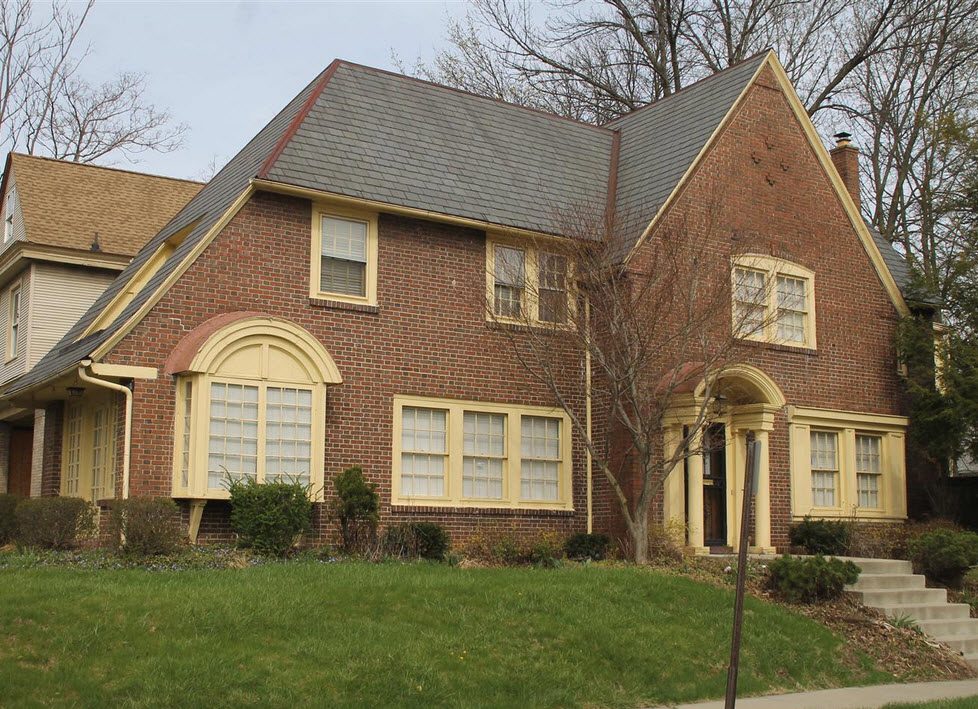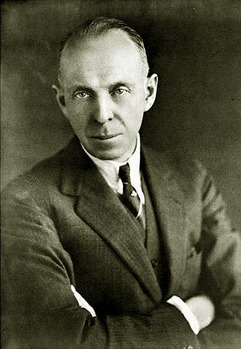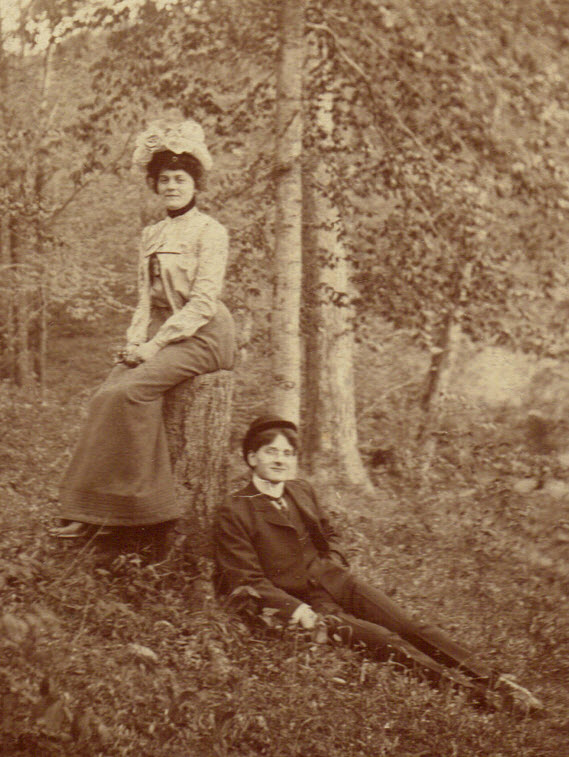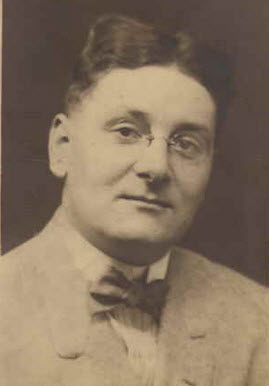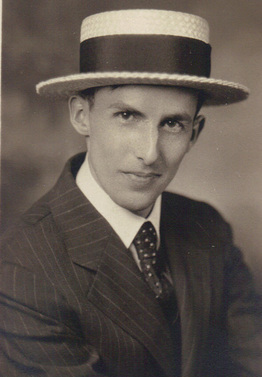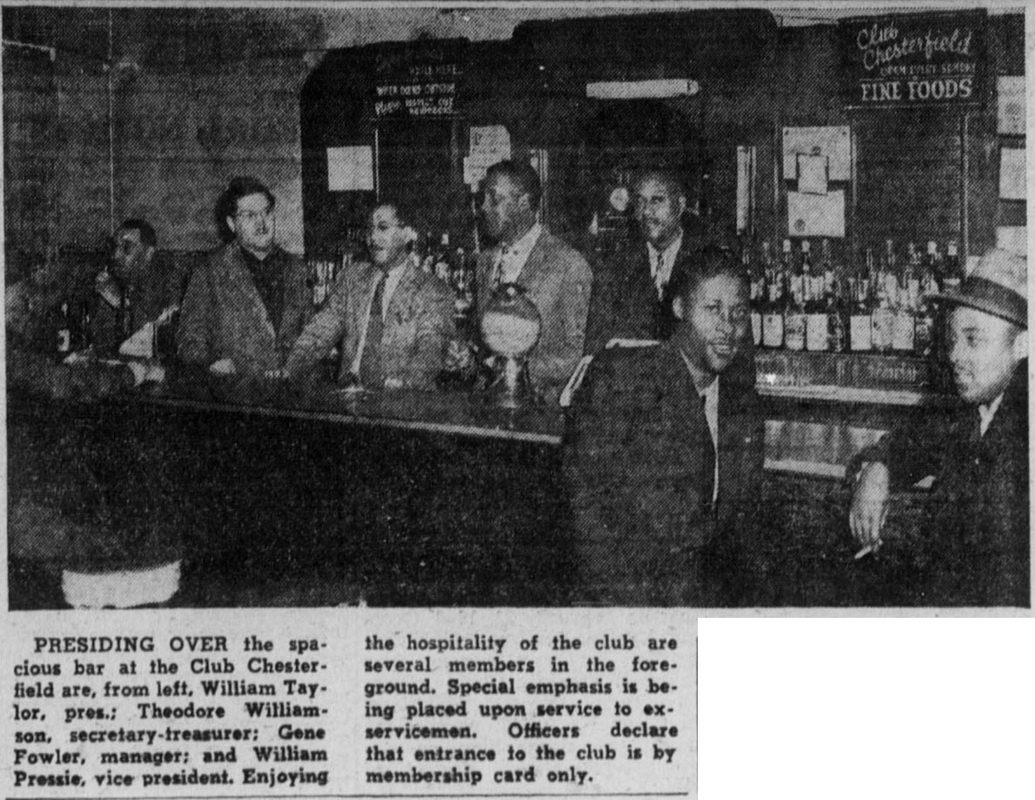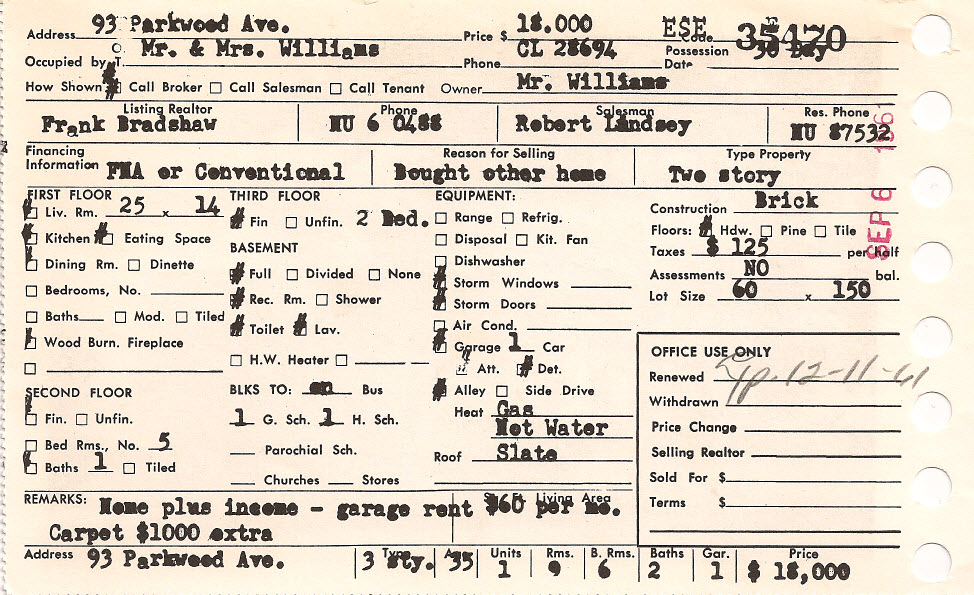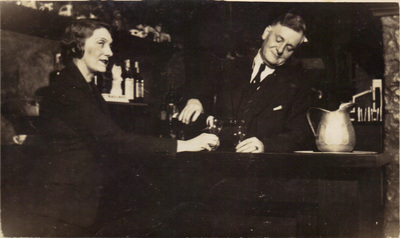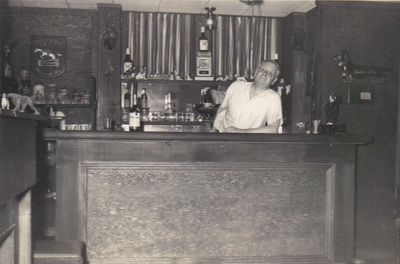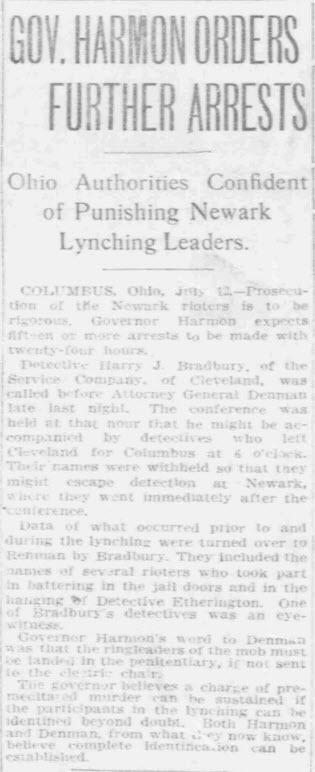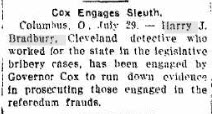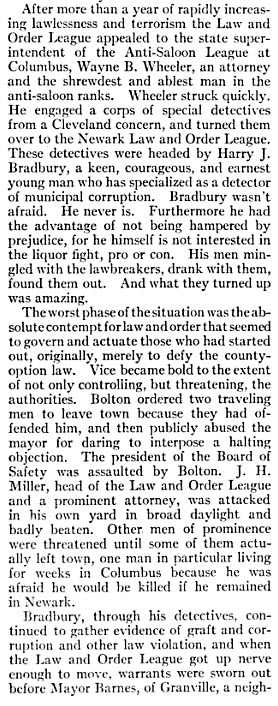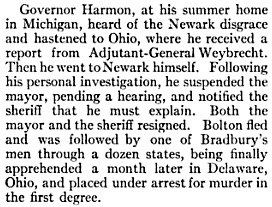93 Parkwood Avenue
|
|
below from The Cosmopolitan, Volume 49, 1910
|
Clapp, Sir Harold Winthrop (1875–1952)
by Patsy Adam-Smith This article was published in Australian Dictionary of Biography, Volume 8, (MUP), 1981 Sir Harold Winthrop Clapp (1875-1952), railway administrator, was born on 7 May 1875 at St Kilda, Melbourne, fourth child of Francis Boardman Clapp and his wife Isabella Pinnock, née Pierce, both American-born. He was educated at Brighton Grammar and Melbourne Church of England Grammar schools, where, according to his sisters, he resisted discipline and 'escaped whenever his ingenious plotting and planning could manage it'. On leaving school he served his apprenticeship in 1893-95 at the Austral Otis Co.'s engineering works at South Melbourne. For four years he was superintendent of motive power for the Brisbane Tramway Co. Ltd of which his father was a founder and shareholder. In 1900 Clapp went to the United States of America for experience, and spent six years with the General Electric Co., Schenectady, New York. He was then engaged by the Interborough Rapid Transit Co., and among other work was in charge of electrification of the West Jersey and Seashore division of the Pennsylvania Railroad Co. On 19 September 1906 at Providence, Rhode Island, he married Gertrude Vivien, daughter of Judge Arthur Noel of Brisbane. Clapp joined the Southern Pacific Railroad Co. in 1908 and took charge of electrification of the suburban railways of Oakland, Alameda and Berkeley, California. Then based at Columbus, Ohio, he was manager and later vice-president of the Columbus Railway Power and Light Co., and vice-president of the East St Louis and Suburban Railway Co., Illinois. Despite a promising future in the United States, Clapp applied for and in April 1920 was appointed to the position of chairman of the Victorian Railway Commissioners, at a salary of £5000. He arrived in Melbourne on 15 September and began work two days later. Few Australian public servants have been so closely identified with their departments as Clapp; to many, he wasthe railways. On the technical side, he introduced many reforms. By mid-1922 the electrification of the suburban lines, begun ten years earlier, was complete. Clapp extended the network further, regraded and improved tracks, redesigned standard locomotives, introduced welded rails for smooth running, speeded up timetables and transformed railway storekeeping methods. Clapp extended departmental control over a wide range of railway affairs. He gave particular attention to passenger amenities. By 1923 a model bakery provided 'wholesome goods', especially those containing dried fruit, for sale in refreshment rooms. To encourage the citrus fruit industry he opened a kiosk at Flinders Street station in 1924, set up stalls at other stations, and sold much fruit in times of glut. In November 1926 Clapp began selling pure orange and lemon juice drinks at a stall in Flinders Street station, the first, he claimed, in the Commonwealth. By then the department had its own butchery, bakery, laundry and poultry farm, and ran the book- and tobacco-stalls at city stations. He improved dining car facilities and introduced new steel buffet cars, the first being used during the visit of the Duke and Duchess of York in 1927. Clapp's measures aimed both to promote the use of railway passenger and freight services and to help primary producers. His preoccupation with country interests led to the institution in 1922 of the Victorian National Resources Development Train, known as Reso, which took city businessmen on tours of regional centres. The Better Farming Train, completed in 1925 as a joint venture with the Department of Agriculture, was equipped to demonstrate latest techniques to farmers. In his pursuit of business for the railways Clapp showed both flair and innovation. He made a film of the Victorian railways at work, which was shown in Australia and overseas. From 1 July 1923 he took over the whole railway advertising business, previously leased to a private company. He produced pamphlets and posters, and by 1924 had begun in earnest his famous campaign of slogans, which included such watchwords as 'Citrus fruit is nature's way To keep you fit for work and play'; 'Grow more grass—topdress your pastures'; 'Cross crossings cautiously'; 'Go up into Brightness on the Buffalo Plateau'; other posters exhorted the public to travel by train to the zoo, the Royal Show, the seaside. In 1925 Clapp introduced weekly radio talks. He also keenly promoted tourism, especially within Victoria for Victorians. In October 1924 the department took over the Mount Buffalo chalet and made it one of the best-known resorts in the State. In 1929 Clapp was first chairman of the Australian National Travel Association. Other innovations included a children's nursery at Flinders Street, opened in 1933, and the 'Man in Grey' at Spencer Street to answer travellers' queries. Sunday excursion trains had been running for many years but in 1929-30 Clapp persuaded the government to authorize Sunday trains from Melbourne to centres such as Bendigo and Geelong, and then between country towns. The Depression curtailed many of Clapp's schemes. The railways made a profit in 1924-25 but in the following years deficits grew, with a record loss in 1931. Some of the costs were attributed to pay increases under Arbitration awards. But to Clapp the most serious problem, with which he became increasingly obsessed, was the competition of road transport. In an attempt to undercut road freights he reduced rail rates to what has been described as 'absurd levels'. In 1934 Clapp toured America, Britain and the Continent investigating developments overseas including the use of diesel engines. Next year he introduced air-conditioned carriages to the service. By 1937 his pet project, the 'Cor-ten' steel passenger train, was nearing completion at the Newport workshops. Clapp was reportedly involved in every detail of its construction, from automatic couplings to interior fittings. The 'Spirit of Progress', as the train was named, was placed on the Melbourne-Albury run on 23 November 1937; after this journey, Clapp trudged the length of the Albury platform to shake hands with the driver and thank him for 'a very good trip'. In an interview on arrival in Melbourne in 1920 Clapp had announced: 'I am all for efficiency and team work and want to know my men and my men to know me'. With his grasp of detail he learnt the names and faces of thousands of railway employees. He welcomed suggestions from the staff:(Sir) Frederic Eggleston recorded that Clapp was in almost constant session with his colleagues, especially the technical officers, and that he was approachable and 'on cordial terms' with railway union officials. He took a close interest in the education of apprentices and encouraged pupil engineers and architects to complete studies at the University of Melbourne; in 1921 he introduced training classes for junior clerks and lad porters. Clapp was sometimes lampooned for his passion for cleanliness: 'Clever Mary' was a nickname, and his penchant for running a finger along a high shelf in country stations was well known. He dressed carefully, and polished his shoes several times a day. In appearance he was 'a tall, gaunt, loose-limbed figure, with deep-set eyes and a sharp nose'; he never lost the accent and vocabulary he picked up in America. He had a sardonic turn of phrase, a brusque manner and a habit of ending an interview which was boring him with a barked 'I'm not hearing you'. He watched his diet carefully and drank sparingly. Horse-riding was a hobby, and he enjoyed football as a fervent Richmond barracker. Home life gave him pleasure: the family lived at Toorak and had a holiday house at Frankston. On 30 June 1939 Clapp left the railways to become general manager of the Aircraft Construction Branch of the Commonwealth Department of Supply and Development, set up after the government decided to assemble Bristol Beaufort Bombers in Australia. He was made chairman of the new Aircraft Production Commission in March next year. In January 1941 he was knighted. When (Sir) Robert Menzies created the Department of Aircraft Production in June 1941 the commission continued to function but under the administration of the new department, and in January 1942 John Curtin replaced it altogether by the Aircraft Advisory Committee. Clapp was not appointed to the new body. Instead, in February he became director-general of land transport to co-ordinate Commonwealth and State road and rail transport. In February 1944 he was asked to prepare a report on plans for the standardization of Australia's railway gauges. This was printed in March 1945 and its recommendations were accepted in principle by the Commonwealth government, but ratifying legislation by all the States was not passed. Clapp argued for the change to uniform standard gauge on grounds both of defence and national prosperity. His report was used as a basis for further recommendations in 1956, after which projects to convert major routes were launched. In September 1951 Clapp resigned for health reasons but continued to act as a consultant to the Department of Shipping and Transport. On 21 October 1952 he died in hospital at East Melbourne, survived by his wife, two sons and a daughter. He was cremated after a Methodist service conducted by Rev. (Sir) Irving Benson. A few months earlier he had ridden in the driving cabin of the Victorian Railways' first diesel-electric locomotive, named the 'Harold W. Clapp'. Many tributes were paid to him. Menzies spoke of his 'superb honesty as an adviser and administrator'; Eggleston described him as the 'ablest public servant' with whom he came in contact, with a 'genius for administration'. 'A remarkable man', summed up C. R. Bradish, 'with curiosities and vanities of personality which were probably responsible for the charge that he was wholly a “showman”. But he had sufficient power and imagination to give the Victorian Railways a reputation they had never known before'. |
